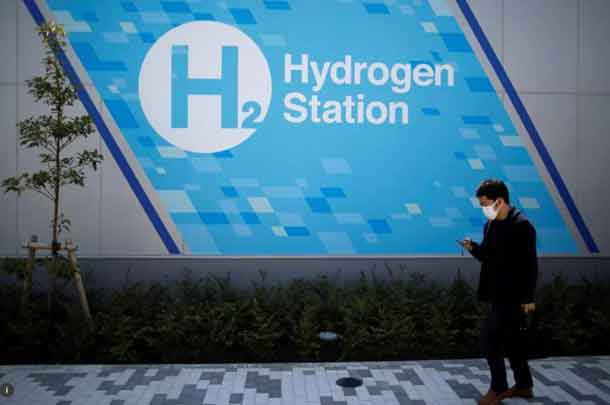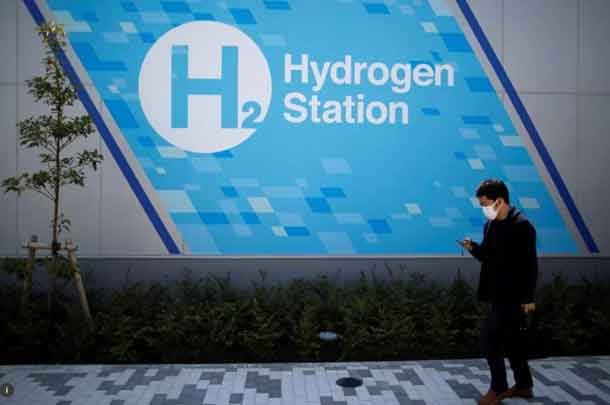
* Companies set up Hydrogen Council to encourage use
* Paris climate deal demands curbs on carbon emissions
* Fuel cell cars vie with battery-powered vehicles (Updates with comments from Air Liquide and Hyundai)
By Nina Chestney
BONN, Germany – (Reuters) – Increasing the use of hydrogen in power, transport, heat and industry could deliver around one-fifth of the total carbon emissions cuts needed to limit global warming to safe levels by mid-century, a report by the Hydrogen Council said on Monday.
To encourage industries to use hydrogen, Toyota and Air Liquide helped set up the Hydrogen Council, a global lobby launched in January this year.
Its 27 members include automakers Audi, BMW, Daimler, Honda and Hyundai, and energy firms such as Shell and Total.
The council said using hydrogen for transport, energy generation, energy storage, industry, heat and power could cut annual carbon emissions by 6 billion tonnes by 2050.
“This would … contribute roughly 20 percent of the additional abatement required to limit global warming to two degrees Celsius,” the council said in a report released on the sidelines of a U.N. climate conference in Bonn.
To achieve a two-degree limit this century agreed by governments in Paris in 2015, the world must reduce energy-related carbon emissions by 60 percent by 2050.
The report said one in 12 cars sold in California, Germany, and Japan were expected to be powered by hydrogen by 2030.
By 2050, hydrogen could power 400 million cars, 15 million to 20 million trucks, around 5 million buses, a quarter of passenger ships and a fifth of non-electrified train tracks, as well as some airplanes and freight ships.
Achieving this shift in transport and other sectors would require an investment of $280 billion by 2030, with about $110 billion to fund hydrogen output, $80 billion for storage, transport, and distribution, and $70 billion to develop products.
Fuel cell vehicles combine hydrogen and oxygen to produce electricity to power an electric motor, producing water as a byproduct. However, making hydrogen from fossil fuels, a common route, also produces some greenhouse gas emissions.
So far the take-up of hydrogen vehicles is tiny and industry experts say their wider use is years away, with high purchase prices and a lack of refueling stations the major barriers.
But some firms, such as miner Anglo American and carmaker Toyota, are pushing for fuel cell cars to play a role even with the rise of battery-powered electric vehicles (EVs).
Woong-chul Yang, vice chairman of automotive research and development at Hyundai said EVs and hydrogen fuel cell cars were needed because EVs were better for city driving and fuel cell vehicles better for longer journeys.
Some countries have set targets for hydrogen use, such as China, which aims to have 1 million hydrogen fuel cell vehicles by 2030. Britain has a 23 million pound ($30 million) fund to accelerate the take-up of hydrogen vehicles.
Some Chinese firms are interested in joining the Hydrogen Council, Pierre Etienne Franc, vice president of the hydrogen initiative at Air Liquide, told Reuters. “Most probably we will have a Chinese member in the next six months,” he said.
The council believes that, with the right policies, the investment needed was “feasible” and the hydrogen market could see revenues of more than $2.5 trillion a year.
(Editing by David Evans and Edmund Blair)


